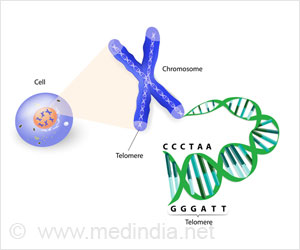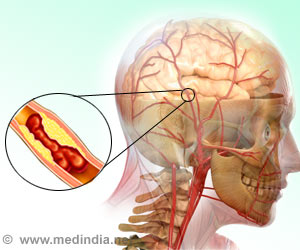(PCR) to measure TL in white blood cells isolated from cord blood and blood collected at ages 3, 5, 7, and 9, from 224 children. They also measured maternal TL at delivery in a subset of mothers.
‘Telomeres are found to shorten most rapidly during early childhood as replicated by the animal model studies for the first time. Further analysis is required to understand the biological mechanisms that drive the variability in the rate of TL change during the first years of life & contributing environmental factors that can be modified.’
Changes in Telomere Length
It was discovered that a newborn TL is predicted by a mother’s TL and tracks with her child’s TL through pre-adolescence. Although the telomeres tend to shorten with age, the explanation behind faster shortening or lengthened telomeres (as observed in studies) in some children is unknown. One of the speculated reasons being the susceptibility to environmental pollutants.
“Given the importance of telomere length in cellular health and aging, it is critical to understand the dynamics of telomeres in childhood. The rapid rate of telomere attrition between birth and age 3 years may render telomeres particularly susceptible to environmental influences during this developmental window, potentially influencing life-long health and longevity,” says senior author Julie Herbstman, Ph.D., director of CCCEH and associate professor of environmental health science at Columbia Mailman School.
However further analysis is required to understand the biological mechanisms that drive the variability in the rate of TL change during the first years of life, as well as modifiable environmental factors that contribute to shifts in the rate of attrition.
Source: Medindia



